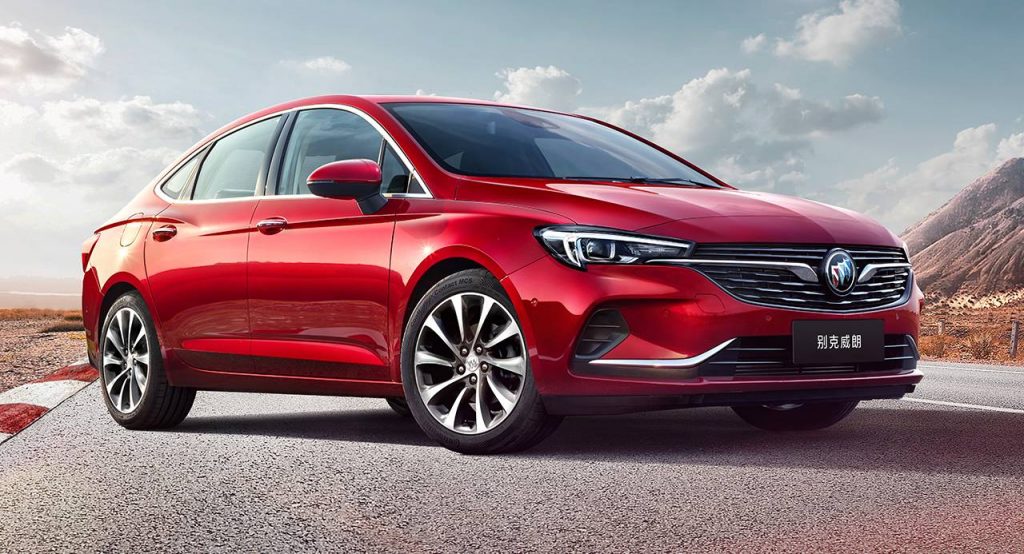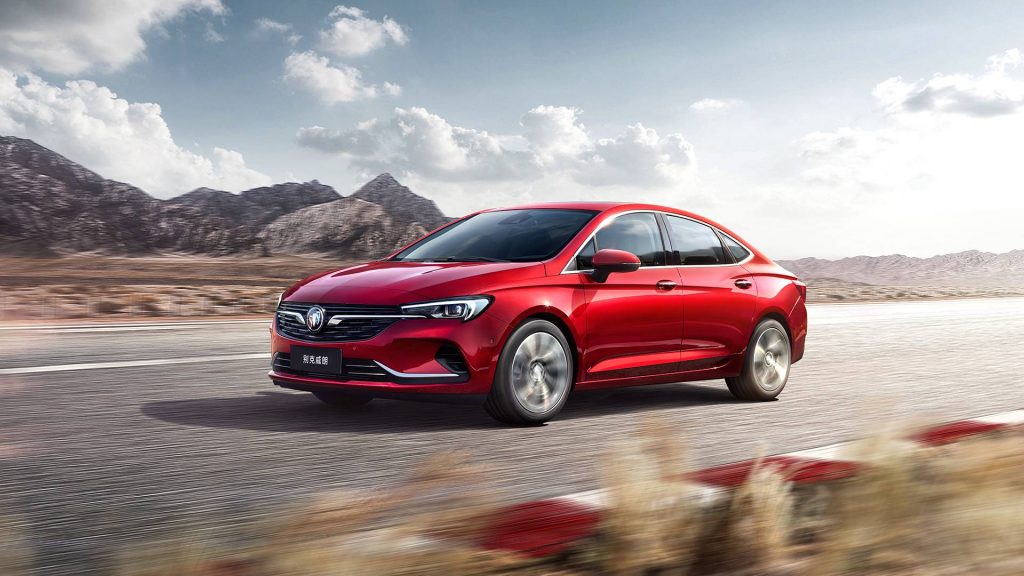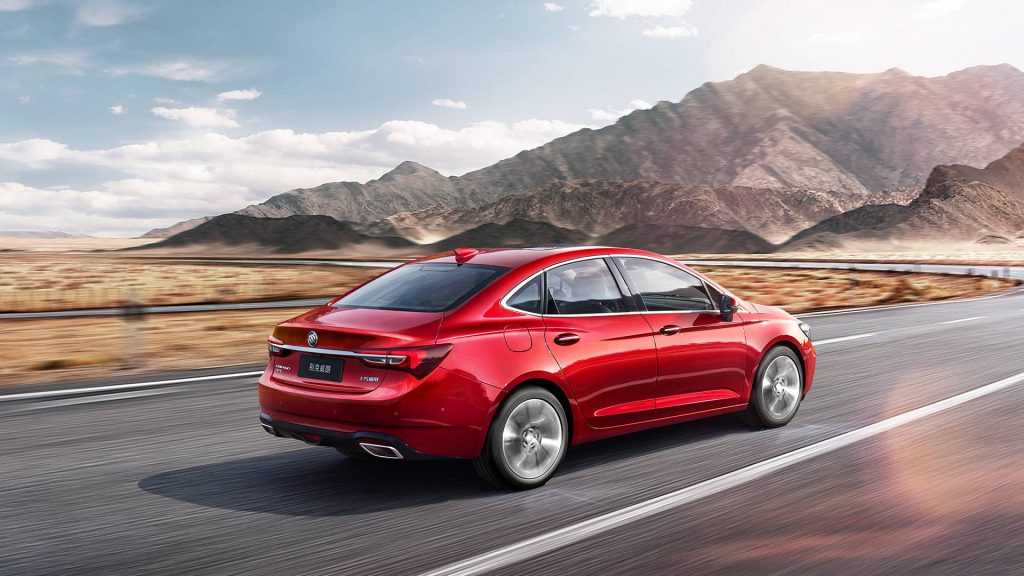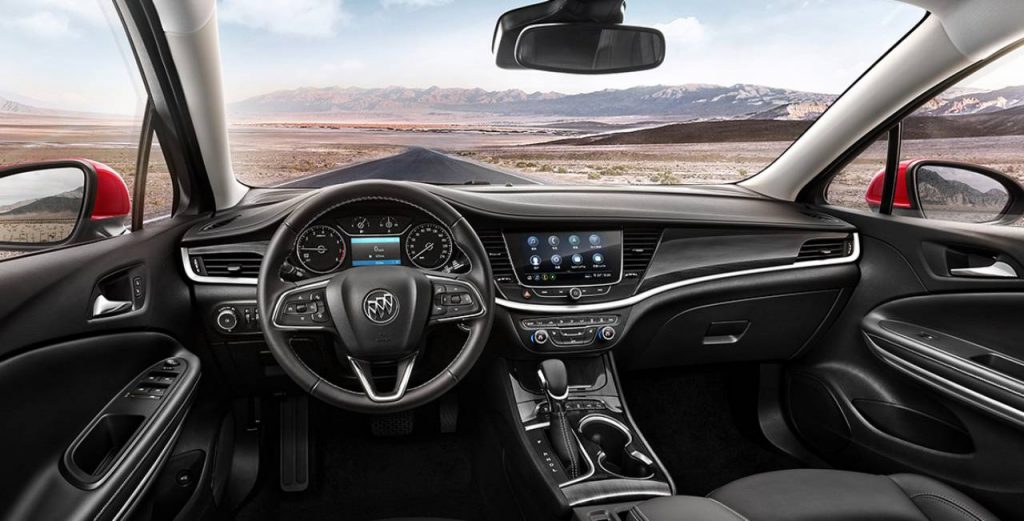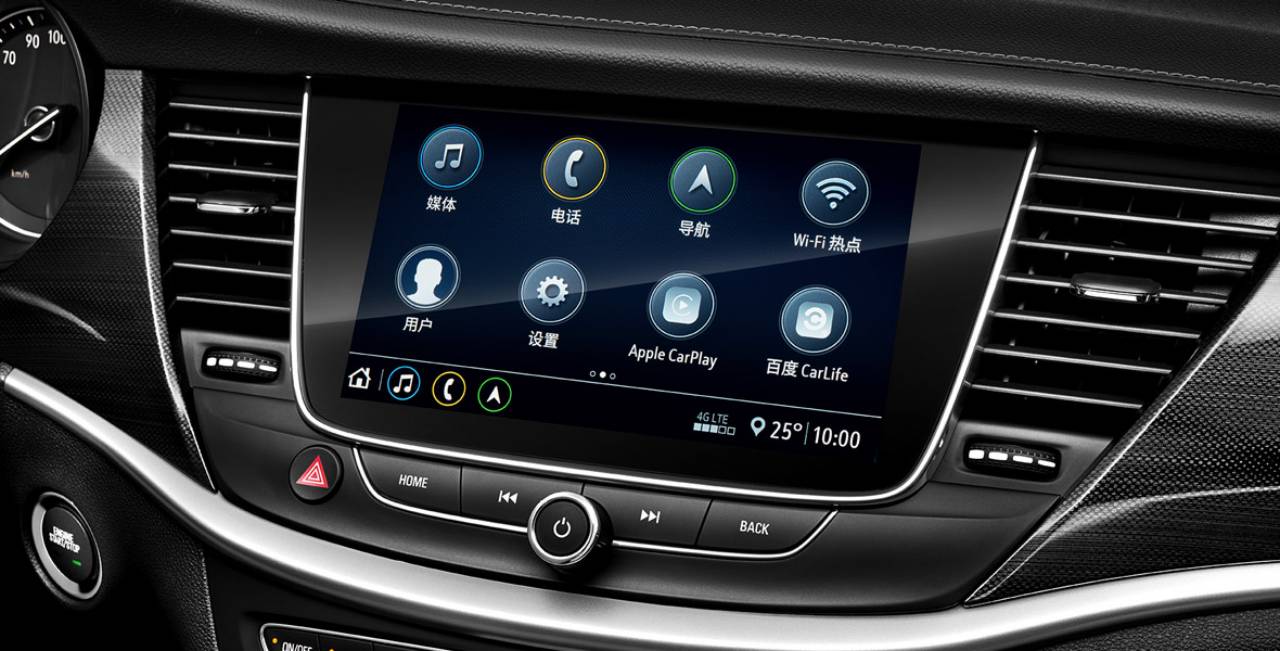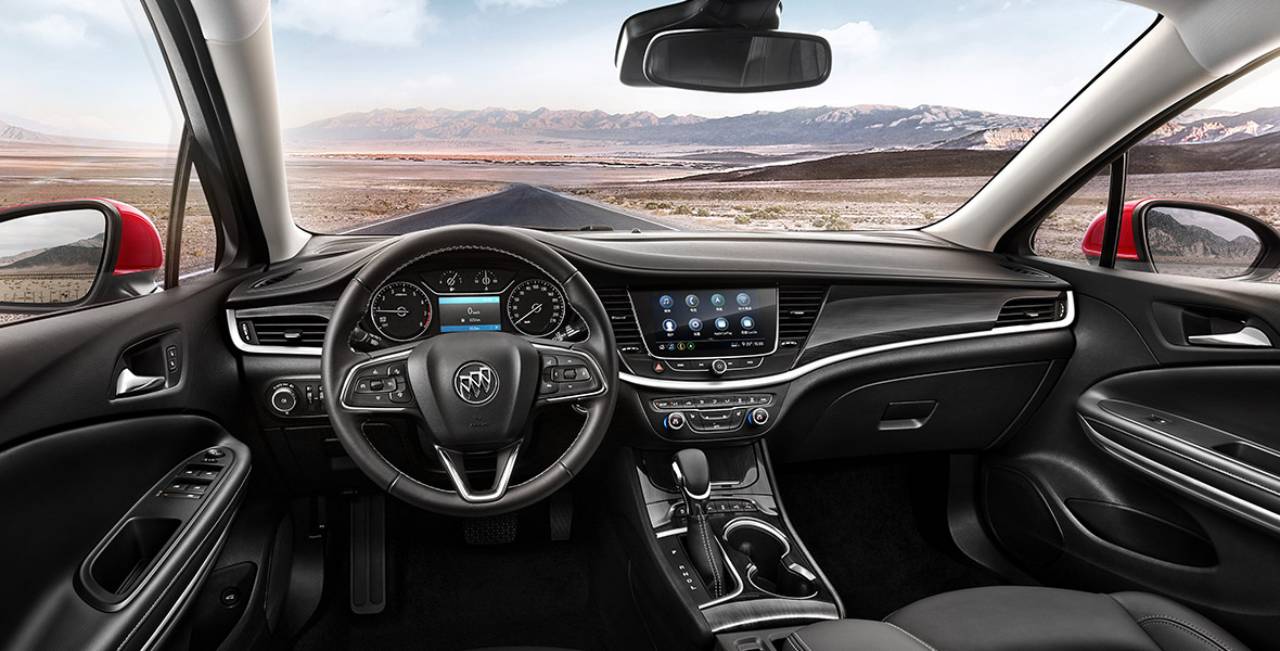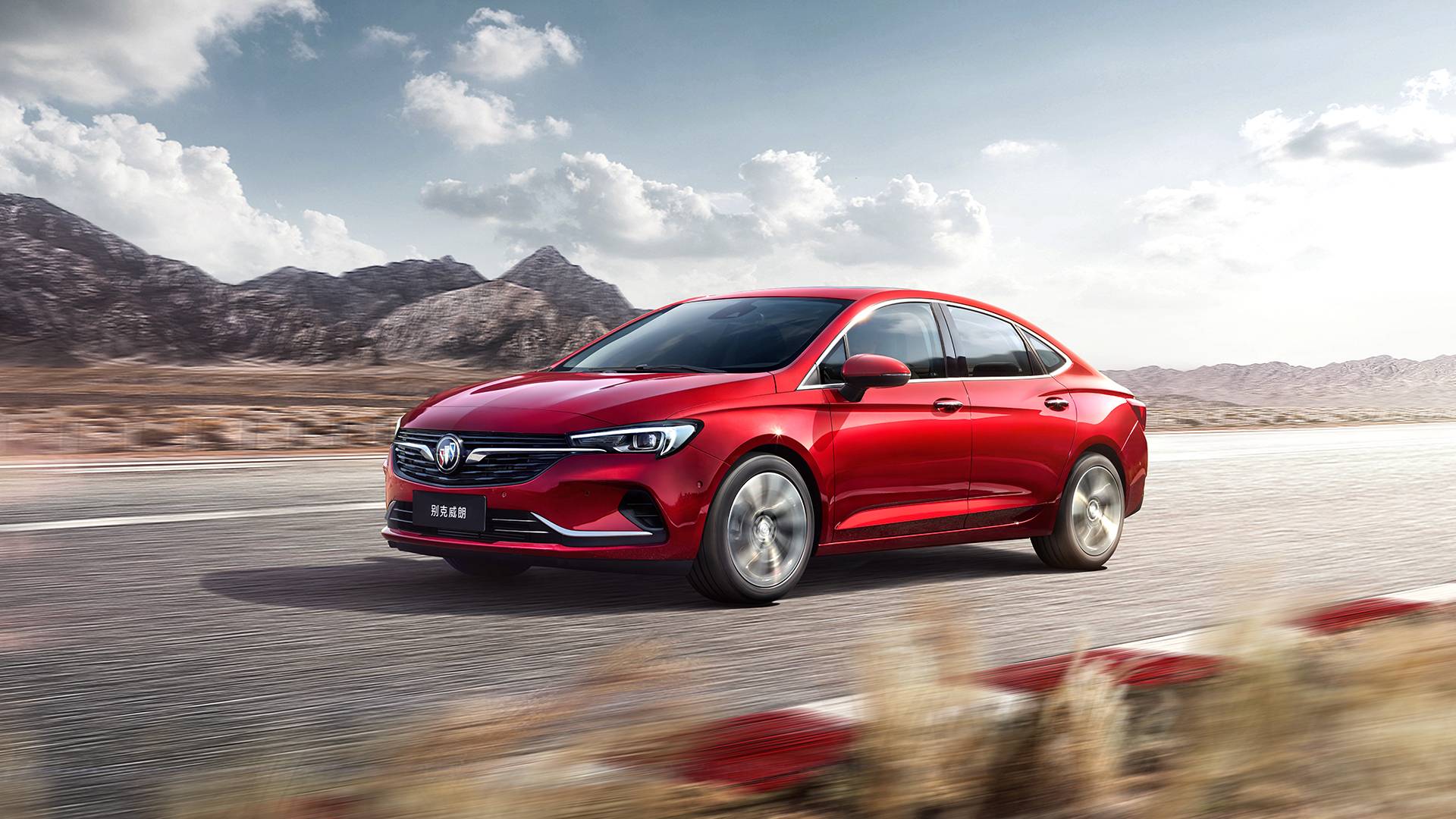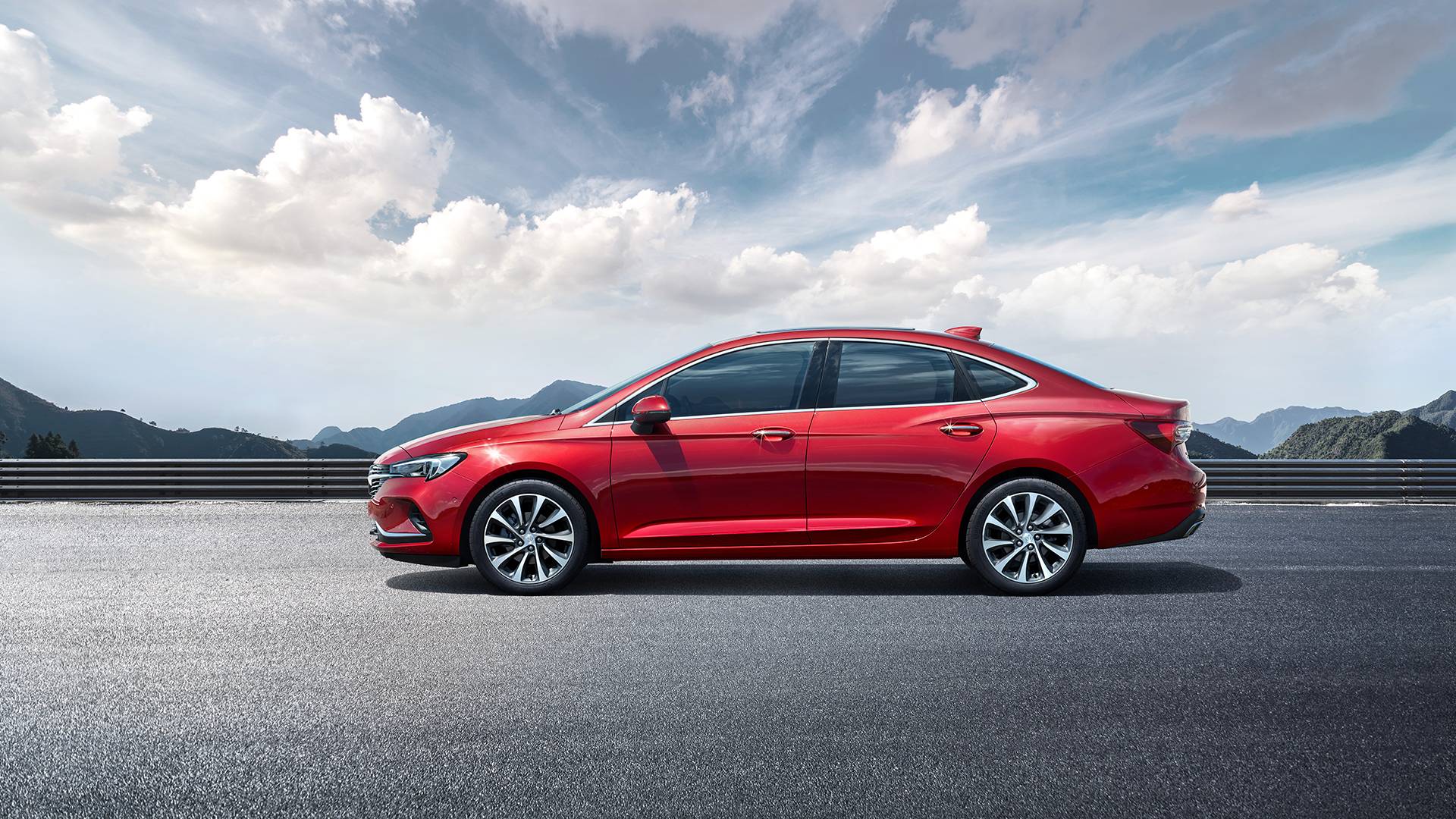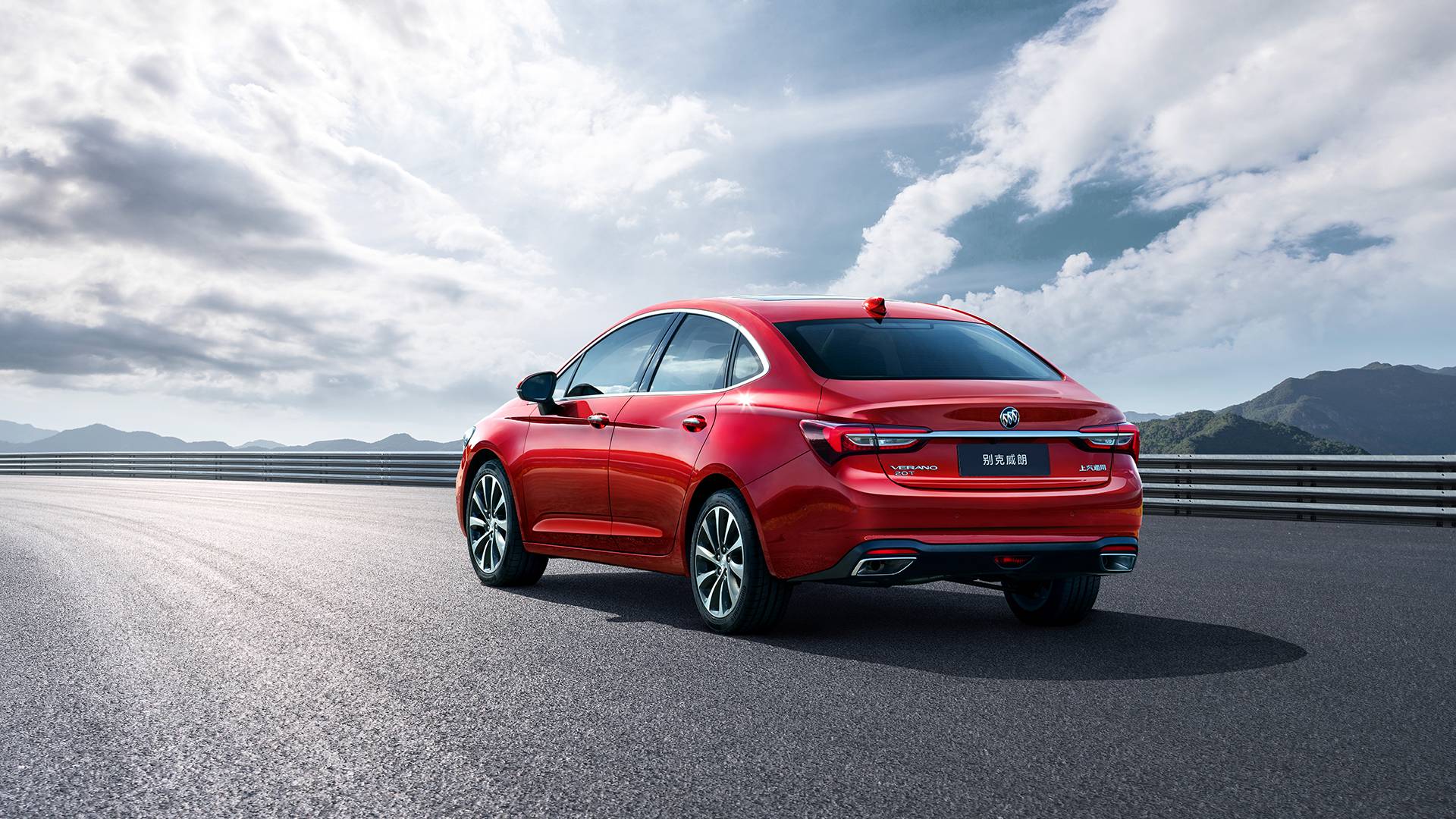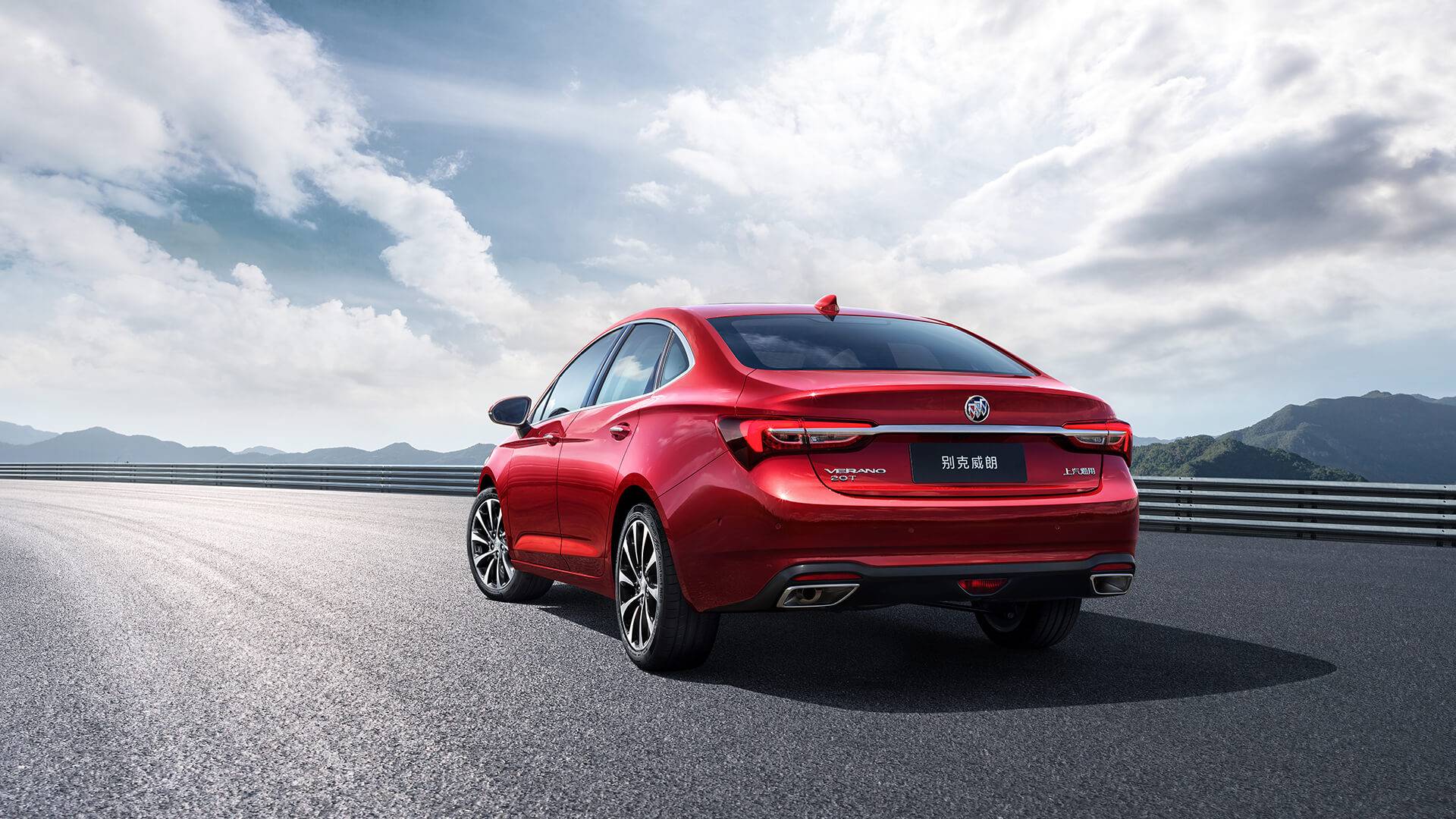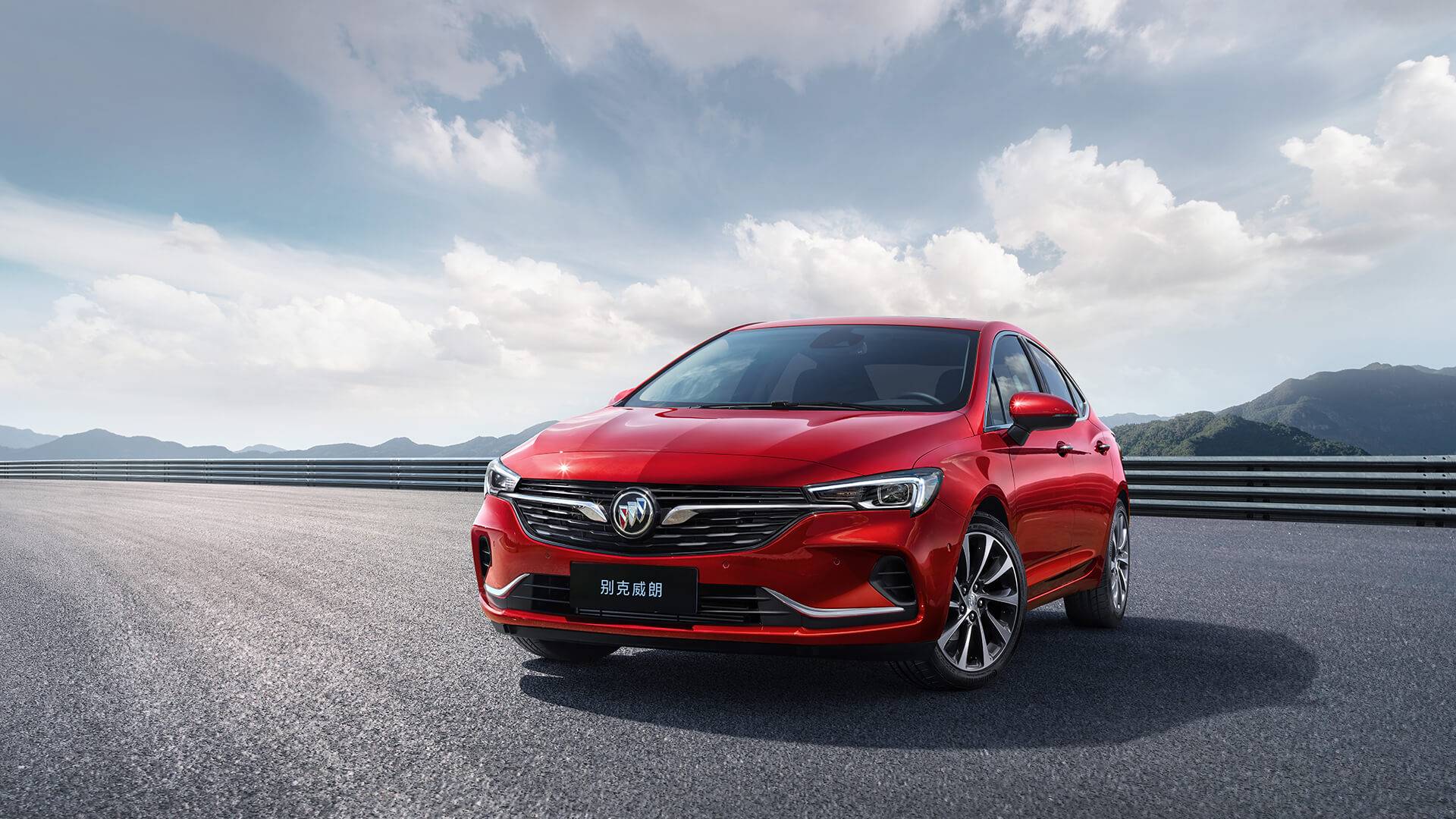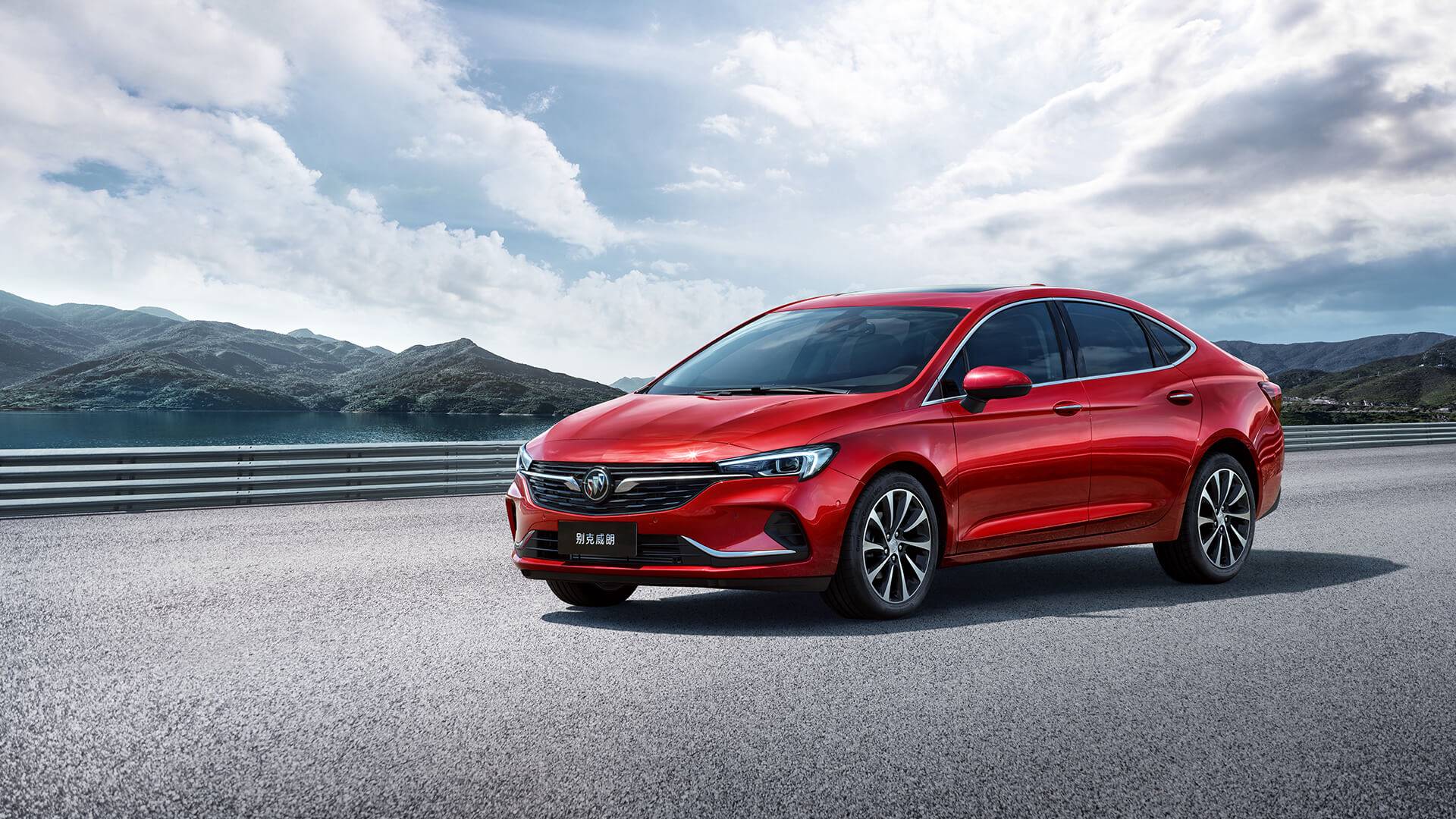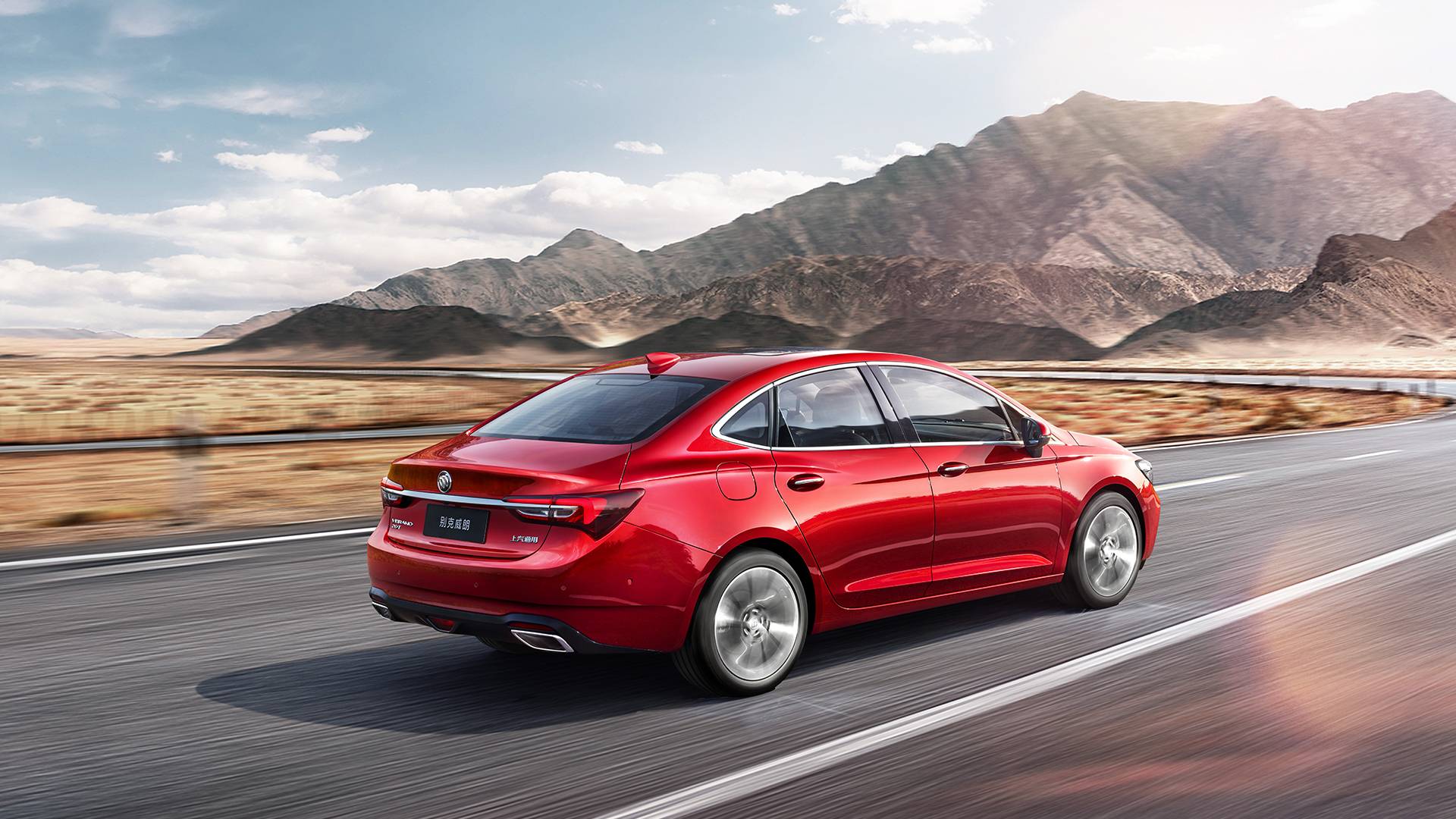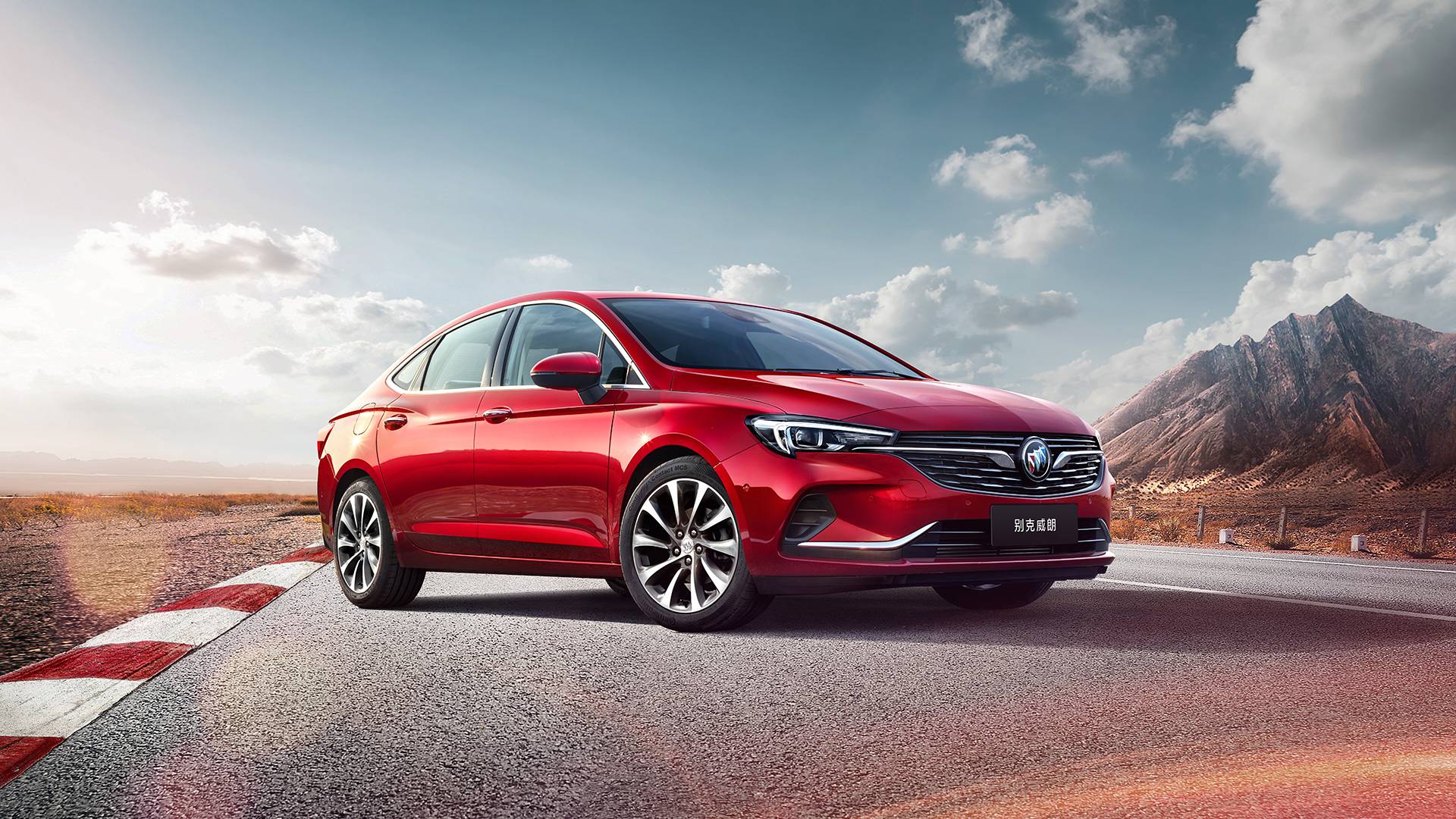Buick dropped the Verano nameplate from the United States for the 2017 model year but the compact sedan soldiered on in China, having received a second generation in 2015 which, now, has come up for a facelift.
The second-generation Verano is a big hit in the world’s largest car market, with more than 650,000 units sold since its introduction four years ago. Naturally, GM wants to keep up the momentum with the introduction of the 2020MY.
The family saloon grows slightly in length at 4,723 mm (186 in) due to the redesigned bumpers – all other dimensions (width, height and wheelbase) remain unchanged. The trunk can accommodate 455 liters (16 cu ft) of luggage with the rear seats in place, and up to 1,150 liters (40.6 cu ft) with them folded down. Furthermore, the cabin offers no fewer than 23 individual storage spaces.
Also Read: 2020 Buick Verano Spied In America, Is It About To Make A Return?
Stylistically, the 2020 Verano adopts Buick’s latest design cues as seen on the facelifted LaCrosse. On the outside, it gains the double wing-shaped grille that intertwines with the new headlights, a more aggressive front bumper with bigger air intakes, a refreshed rear bumper with chrome-plated dual exhausts, revised taillights united by a chrome strip, and new alloys.
Inside, the changes are limited to the introduction of a new three-spoke multifunction steering wheel, revised instrument panel, and an updated infotainment system with a standard 8-inch HD touchscreen that supports over-the-air (OTA) updates, Super ID, Apple CarPlay and Baidu CarLife.
GM has also updated the mechanicals by ditching the 1.5-liter turbocharged four-cylinder for two three-cylinder engines from the eighth-generation Ecotec family. The first is a 1.0-liter unit that makes 123 HP (125 PS) and 133 lb-ft (180 Nm) of torque, and the second a 1.3-liter rated at 162 HP (164 PS) and 177 lb-ft (240 Nm) of torque.
The smaller engine is hooked to a six-speed dynamic start/stop shift (DSS) automatic transmission, while the 1.3 features a CVT. Both engines are more economical than the previous 1.5-liter: the Ecotec 1.0T returns 5.2 l/100 km (45.2 mpg), while the 1.3T averages 5.5 l/100 km (42.7 mpg).
Available driving assistance technologies include Adaptive Cruise Control, Lane Keep Assist, pedestrian detection, Following Distance Indicator, Forward Collision Alert, Collision Mitigation Braking and Automatic Park Assist.
The facelifted Verano is available in four trim levels, six exterior colors, and two interior color and trim options. Prices range from RMB 152,900 (approximately $21,400) and RMB 182,900 ($25,600).







